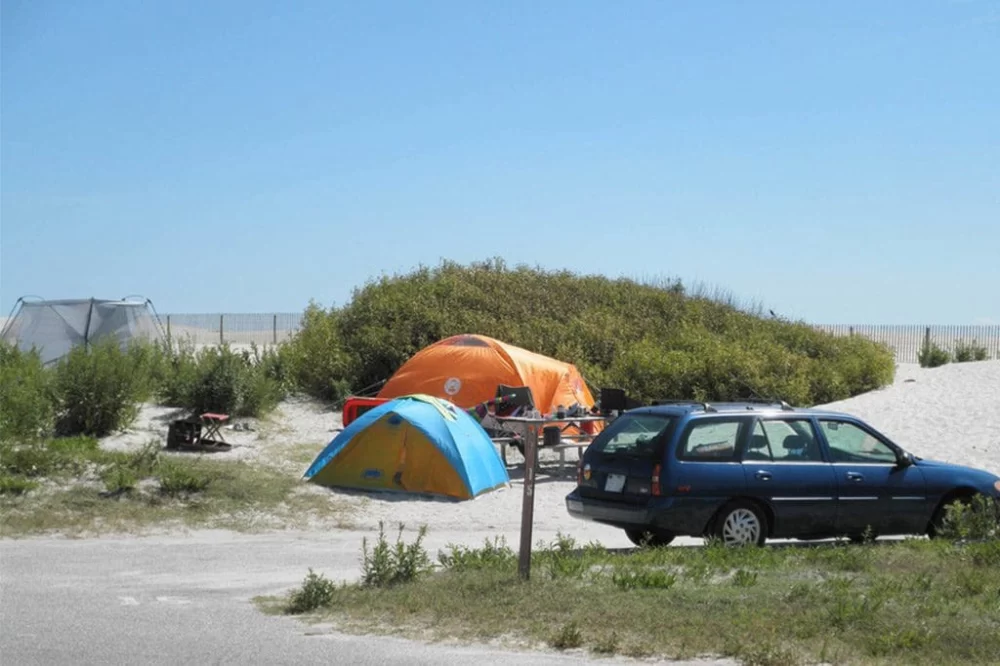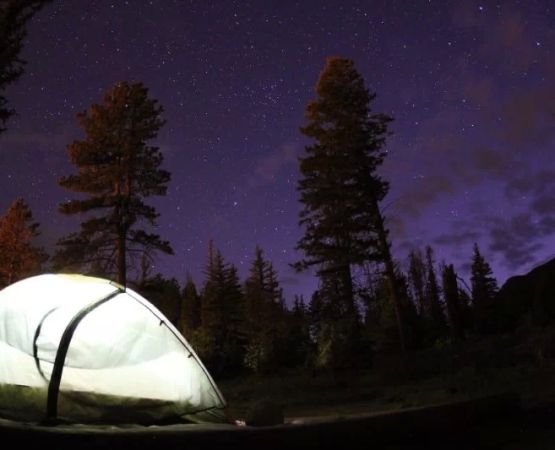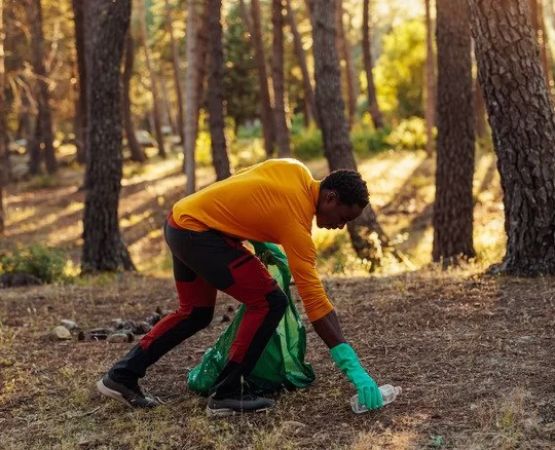How to Find Campsites with Hiking Trails Nearby
Have you ever dreamt of waking up to the sounds of birds chirping, the scent of fresh pine trees, and the thrill of hiking right from your campsite? I know I have! As someone who loves both camping and hiking, finding the perfect spot where these two passions meet is crucial for a fulfilling outdoor adventure. If you're also on the hunt for the best campsites with hiking trails nearby, you're in the right place. In this guide, I'll share my personal tips and experiences, along with practical advice on how to find the best campsites that offer hiking trails, making your outdoor getaway even more enjoyable.
Why Choose Campsites with Hiking Trails Nearby?
There's something truly magical about camping in a place where hiking trails are just a stone's throw away. The convenience is unmatched—no need for long drives or complicated trail logistics. You can simply step out of your tent and onto the trail. But it's not just about convenience; it's about the experience. Being surrounded by nature, hiking through scenic vistas, and having the opportunity to explore the great outdoors makes camping all the more enriching. For me, it's the best of both worlds: sleeping under the stars and exploring beautiful trails that lead to breathtaking landscapes.
How to Find Campsites with Hiking Trails Nearby
Finding the right campsite with hiking trails nearby may seem like a daunting task, but once you know where to look, it’s much easier than you think. Here's a step-by-step guide to help you along the way:
1. Research National and State Parks
When it comes to finding campsites with hiking trails, national and state parks should be at the top of your list. These parks are often home to some of the most scenic and accessible hiking trails in the country. Whether you're exploring the rugged terrain of the Grand Canyon or the lush forests of the Pacific Northwest, national and state parks offer an abundance of options. Plus, they typically have designated campsites right next to or near hiking trails, making it easier for you to plan your trip.
During my trip to Yosemite National Park, I discovered several campsites that were not only close to hiking trails but also surrounded by stunning landscapes. It was a dream come true to wake up and start the day with a hike to Yosemite Falls, all while being just a short walk from my campsite.
2. Use Online Campsite and Hiking Trail Databases
There are several websites and apps designed to help you find campsites with hiking trails nearby. Sites like AllTrails and Hipcamp allow you to search for campsites based on their proximity to hiking trails. You can filter results by difficulty level, trail type, and even seasonality. These platforms often include detailed descriptions, trail maps, and reviews from other campers and hikers, so you can find exactly what you're looking for.
On my recent trip to the Appalachian Mountains, I used Hipcamp to find a secluded campsite that was just a short hike away from the famous Appalachian Trail. The app made it easy to compare options and read reviews from others who had been there before me. This gave me confidence that I was choosing a spot that would meet all my needs.
3. Ask Local Outdoor Enthusiasts
When you're looking for a campsite with hiking trails nearby, don't underestimate the value of local knowledge. I’ve often found the best spots through conversations with locals at outdoor gear shops, trailheads, or local parks. People who live in or near outdoor areas often know the hidden gems—the campsites that aren’t well-publicized online but are perfect for hiking.
For example, when I was planning my trip to the Rocky Mountains, I asked a local guide about the best campsites with access to nearby trails. She pointed me to a lesser-known campground that was tucked away in a beautiful valley, offering direct access to some of the best hiking routes in the area. Without her recommendation, I may have missed out on this amazing experience!
4. Look for Campgrounds with Trail Access
Some campgrounds are specifically designed with hikers in mind. These campgrounds are located near popular hiking trails or even within walking distance of trailheads. Many of these campgrounds have well-maintained facilities, including water, restrooms, and even showers, so you can enjoy a comfortable stay before or after your hike. Some even offer ranger-led programs and trail guides to enhance your hiking experience.
One of my favorite campgrounds that caters to hikers is the Zion National Park campground in Utah. Not only does it provide a convenient base for accessing the park's famous hiking trails, like Angel’s Landing and The Narrows, but it also offers the perfect blend of convenience and immersion in nature. After hiking all day, there's nothing better than returning to a campsite just a short walk from the trailhead.
5. Check Trail Difficulty and Terrain
While it's tempting to choose the nearest trail, it's important to match the trail difficulty with your skill level. Some trails might look easy on paper but could turn out to be more strenuous than anticipated. Before choosing a campsite, make sure to review the trail descriptions and determine if the trail is suitable for your hiking abilities. For example, if you’re traveling with young children or older adults, you’ll want to choose easier, more accessible trails.
On one of my trips to the Adirondacks, I initially chose a campsite near a trail that looked easy enough. However, when I arrived, I discovered that the trail was much steeper and more rugged than I had imagined. Luckily, I had done enough research to plan alternative, less challenging hikes, but this experience taught me the importance of reviewing trail information thoroughly before committing.
6. Consider the Best Time to Visit
Timing plays a crucial role in finding the best campsites with hiking trails nearby. Some trails are seasonal, while others are accessible year-round. It’s important to research the best time to visit the area you’re interested in to ensure that the trails are open and that you’ll have a pleasant experience. For example, some trails in the northern U.S. may be covered in snow during the winter months, while others in southern regions are perfect for hiking year-round.
During my trip to the Great Smoky Mountains, I visited in early fall when the leaves were just starting to change color. The trails were accessible, and the weather was perfect for hiking. However, had I gone in the middle of winter, I would have encountered snowy, difficult terrain, making hiking a bit trickier. Always plan accordingly and check trail conditions before you go!
Conclusion
Finding the perfect campsite with nearby hiking trails is one of the most rewarding experiences for outdoor lovers. By researching national and state parks, utilizing online resources, talking to locals, choosing campgrounds with direct trail access, and considering trail difficulty, you can ensure a memorable camping and hiking trip. Whether you’re seeking a peaceful retreat in the mountains or an adventurous journey through rugged terrain, the right campsite can make all the difference. Happy camping and hiking!







